Laurie Simmons Tells All on #MeToo, Being Lena Dunham’s Mom and Her Texas Adventures
An Exclusive Conversation With the Creative Force Behind "Big Camera/Little Camera"
BY Catherine D. Anspon // 01.10.19Laurie Simmons‘ "The Love Doll/Day 23 (Kitchen)," 2010, at the Modern Art Museum of Fort Worth, through January 27, 2019.
Laurie Simmons critiques gender stereotypes in an ambitious retrospective that spans 40 years, organized by and debuting at the Modern. #TimesUp means it’s now this photographer and filmmaker’s time. Catherine D. Anspon rang up the pioneering artist – whose doll-filled and domestic imagery is intensely relevant today – at her Connecticut home and studio.
Notwithstanding the U.S. Senate and the Supreme Court, the Modern Art Museum of Fort Worth shines bright by rolling out an ambitious blockbuster (which will then travel) for a female artist working since the mid-1970s who has only had one previous retrospective, 21 years ago — a talent whose work is predicated on the very notion of femaleness, skewering prescribed gender roles with humor, droll wit, and bite.
We’re talking about photographer and filmmaker Laurie Simmons, whose works probe the tropes and traps of being a woman, most often told by employing dolls and dollhouses as stand-ins for late 20th- and early 21st-century role play.
Simmons’ questioning of societal norms remains consistent across time, even prophetic. Many works observed through today’s lens assume greater topicality than when they were created, bearing allusions to gender fluidity as well as the cult of domesticity.
What is new within this past decade is scale. It’s as if the artist — who is also mom to two strong daughters, Lena Dunham of Girls renown and activist Grace Dunham — has come most fully into her own power. Simmons’ dolls have broken out of their dollhouse and grown human size, as in recent work with life-like Japanese sex dolls.
She’s also tapped real women to have their eyelids painted shut then photographed — perhaps this image-maker’s most unforgettable series yet — in “How We See.”
We began by asking the artist about her retrospective’s uncanny timing. Our full interview follows.
Laurie Simmons: The year 2014 was when curator Andrea Karnes and I started to really embark on it. It felt like the right time again, for me, to take another look at my work. It’s now less than a year since the world got turned upside down and the first New York Times and Ronan Farrow’s articles in The New Yorker broke.
For every woman exhibiting, every artist, every person, the hashtag #MeToo movement is very significant.
The word uncanny is used to describe my work, in terms of the way it bridges reality and allusion, but I don’t know if it’s uncanny that this exhibition happened in the #MeToo year.
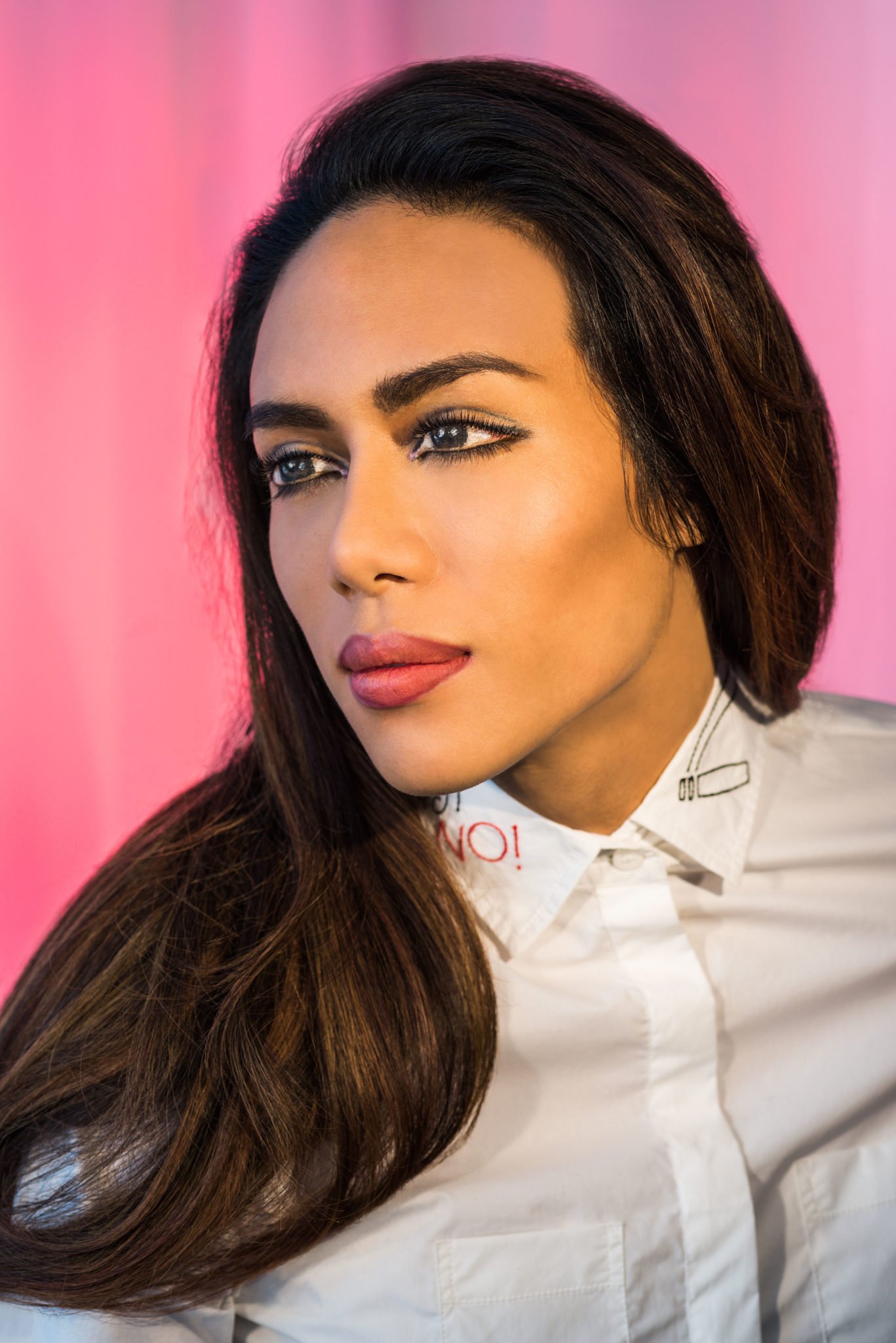
On you and Texas.
I really like Texas a lot. It’s a complete coincidence that we’re fans of Texas and then I got invited to do an exhibition. My husband, who’s also an artist [Carroll Dunham] got really interested in the post office murals, and we wanted to see them.
We’ve been to Marfa as many East Coast people have. [One time] we flew to El Paso, and we drove from El Paso to Houston, which is a pretty long drive, I think. We did that and we drove into Big Bend the day the government shut down. [laughs] We’ve just had a lot of adventures there.
Have you shown at the Contemporary Arts Museum Houston?
I think I have. I went specifically when my friend Marilyn Minter had a show there. I’ve been there and went down to the Aurora Picture Show. You know we just love to spend time in Texas, we like it there, we really like going to Houston and visiting all the museums.
Is this the first time your work has been presented as a retrospective?
In 1997 I had, I guess we would have called it a mid-career survey, in the Baltimore Museum of Art. So we have seen the work up until 1997, but now there’s 20, 21 more years of work. It’s a continuation of that particular story, at least for me.
On the relevance of your exhibition during the current newscycle.
Everything erupted last year. It’s just about a year since the world got turned upside down. I think that it was time, it felt like the right time again to take another look at my work.
All of this has exploded because of the Trump presidency. And maybe that will be the legacy, maybe that will be the positive, that there had to be such a big shakeup in the face of this unprecedented administration.
[In 2016] I thought it was completely over for Trump. I was in London with the TV on when the “pussy-grab” moment happened, I laughed out loud. I thought, “Ok that’s it, it’s over.” And the fact that it wasn’t over in that moment is still extraordinary to me. The fact that we can move on beyond that and still accept this person is still extraordinary to me.
Everyday feels like a new day. I keep trying to not be a news junkie anymore but I heard Dick Cavett on the radio and he was talking about the Watergate days, and he was talking about having Gore Vidal on his show and Gore Vidal said he had to get up and he had to get his Watergate fix every morning.
It was horrific and also, sort of exciting in a negative way and that’s how I feel about the news now, you know every single day is a new day and so much happens that’s impossible to take your attention off it. Every day feels like a week, and every week feels like a month, and every month feels like a year with these news cycles.
What was it like when you started out?
I had a group of very strong women around me and I think that I didn’t feel alone in the struggle, so I had not so much role models, but colleagues, peers, sisters. There was a lot of women artists around and when we started out we had a lot of parties, we had shows, and it was very collegial, supportive, and it was very tough and challenging.
A few of us elbowed our way into shows with paintings and large-scale works, and a few of us would intermittently edge our way into what felt like a boy’s club and that was interesting.
I came of age with Cindy Sherman and Gretchen Bender and Nancy Dwyer and Louise Lawler, and many of them were in the shows that I was in, in the gallery, Barbara Kruger … we were all sort of just living in the same place in it together.
There’s always a period of re-examination. There’s a layer of people who are first remembered for a certain period, people that are interested or want to delve deeper into that [specific] period, find a second layer of artists who were either better known at the time or were under-recognized at the time.
And having lived through a longer art period I can say there are reasons why certain artists come to light and others don’t and it doesn’t always have to do with the work or the quality of the work, it has to do with extenuating circumstances.
It still amazes me the way an artist can pull ideas out of thin air and synthesize them and they come out in images that don’t always directly relate to the original ideas. It’s sort of like this system of absorbing and then creating is something I still find fascinating, and it’s the part of my work that’s still hardest to explain.
Once I make pictures of my work and can see them it’s hard for me to talk about them and what they’re about, but that moment. People ask me that question, like “where do your ideas come from?” That’s the most difficult question to answer. It’s sort of a synthesis of so many experiences, and it all comes together and then something completely different comes out as a result of that.
I think there’s a sense that I want to connect it visually, but I think about it as chapters in a story that just continues.
I had a group of very strong women around me and I think that I didn’t feel alone in the struggle, so I had not so much role models, but colleagues, peers, sisters.
With your work, with the scale, it seems as if it gets bigger as the women get more powerful.
That’s an interesting thing to think about. I do know I’m not as interested in working in that miniature scale anymore, I am working up in size and also finding a doll that was way bigger than a dollhouse doll.
I feel like a lot of how we see pictures of fashion models with the painted eyelids, I was really trying to talk to this phenomenon of one’s online identity. Starting with selfies, there’s so many apps to alter the way you look and re-present yourself as something that could be unrealistic or untrue to who you are. Part of life online means encountering people, you never quite know who they are, or if they’re real.
Twitter and Instagram are really odd and really forcing people to think in very abbreviated ways and abbreviated pictures and tell a truncated and abbreviated life story and one that ultimately can be a) very unrealistic, and b) designed to make other people feel less-than.
It’s about being singular and trying to make yourself known in a sea of millions and millions of voices. And it pushes people to be, I’m sorry, it pushes them to be the very worst versions of themselves.
We’ve got a president who could start a war with Korea with one tweet. It is, the word that came out of the [Bob] Woodward book [Fear], it is just crazytown. It’s not just the White House, it’s the entire culture right now.
Not to say that I don’t feel comfortable or out-of-time or out-of-place, because I always say that I adapted far too well to digital culture for someone my age, but I do recognize the shortcomings.
How do you feel about oncoming technology?
I don’t know yet, I have to read deeper into the cultural philosophers because I don’t know where it’s all going or where it can go. I opt for just the chip in the head, basic thinking can be replaced just by Googling, that would be fine with me [laughs].
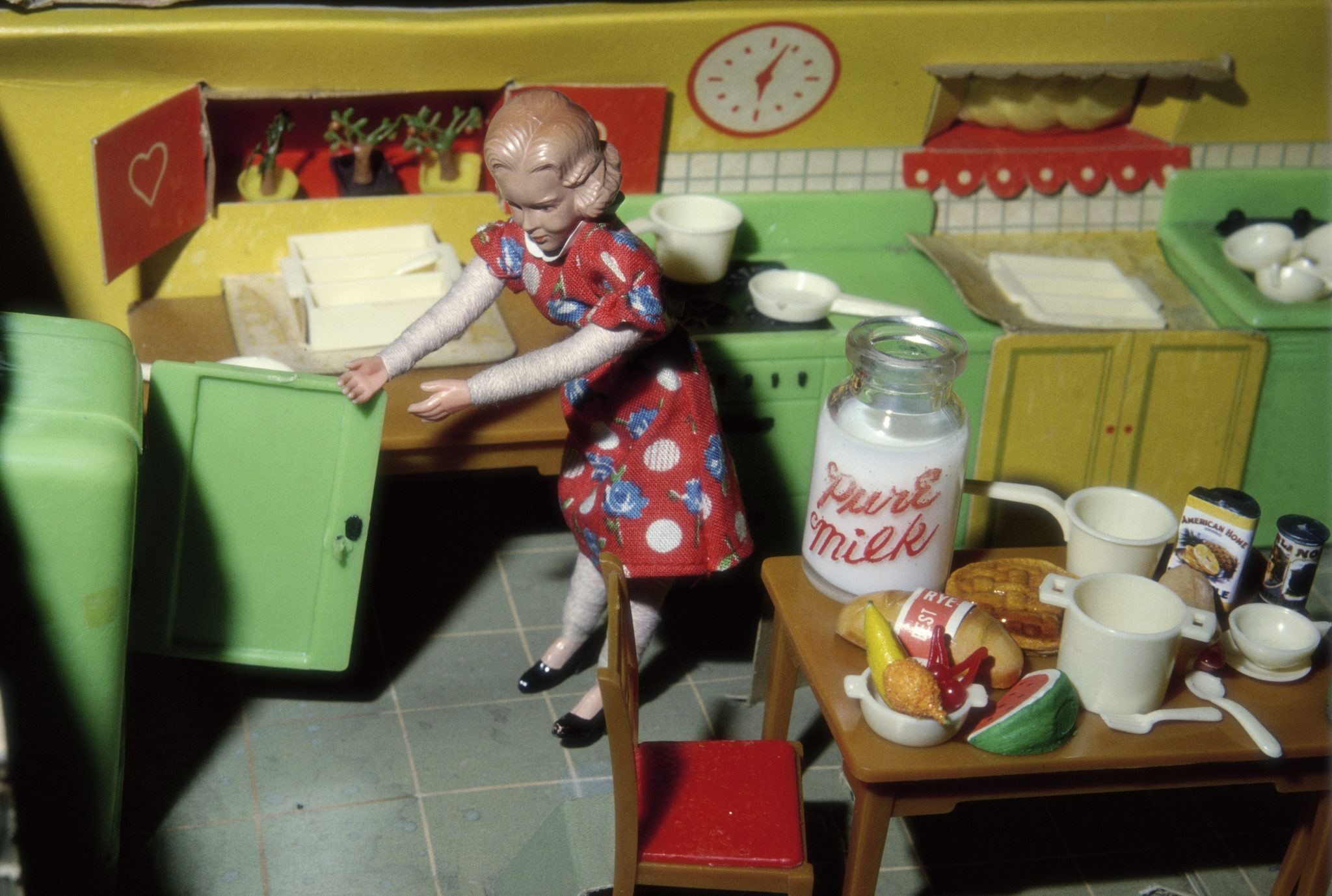
Did you play with dolls as a child?
I did not play with dolls, I was sort of ADD and peripatetic, I was more like the person who would cut the hair off or pull the head off and leave them in very messy piles. I didn’t like sitting still, I didn’t like concentrating on little tasks like dressing and undressing dolls.
In my early twenties, there was a toy store going out of business in upstate New York and I rediscovered my old toys, neatly wrapped, never opened, in the attic of this store and the guy was practically giving them away and selling them for no money at all. It was a strange surreal dream where I re-bought all the toys I got for Christmas and Hanukkah from when I was a kid. Those got me thinking about memory and I just unwrapped them and started taking pictures of them.
But it had nothing to do with nostalgia or fondness for playing with dolls. They represent another period, and a way to act out memories, desires, scenarios that were reminiscent of my own childhood.
I had a dentist father and a homemaker mother. Very traditional, 1950s, suburban. In my own mind I couldn’t separate my childhood from a Campbell’s Soup ad in Life magazine. My mother, her kitchen was nice, the pantry was stocked, the meals were hot, the clothes were decent. The appearance was absolutely correct.
Was everyone happy?
I wasn’t [laughs]! I knew I was an artist at a really early age, but I could never quite … I was wickedly smart but couldn’t play to the middle, I think because I had ADD/ADHD I was impulsive and strong and the schools that I went to tried to neutralize kids in a certain way. It was much better to toe the line, and do your homework, and not question things.
I was sort of a questioner. It was the age of conformity, and I think parents by and large were uncomfortable by children that didn’t conform to the norm.
I grew up in a completely culturally Jewish suburb that was absolutely [filled] with people who only wanted to assimilate in every way. Everybody was acting out the American dream in their own way. It was absolutely indistinguishable from a non-Jewish suburb next door.
These are other times fraught with other problems.
The ideas that I try to get to are, the surface may be beautiful, everything may look like it’s tied up in a big bow, but there’s always a kind of darker underside, the other side of that suburban perfection is a white-washed suburban perfection, the other side is under the surface everything is not quite right.
How does your husband, and your kids, continue to inspire?
I think I’m lucky that I married an artist, and a lot of people wonder how two artists can coexist and I think that the basic truth of an artist is that they’re not okay if they’re not making their work. In the times of my life when I was having difficulty getting into the studio, like when I had newborn children or when there were family issues or when my parents were dying, or when I lost my nephew, a lot of the things that I’ve been through, my husband always made it clear that I would feel better if I could get into my studio and work.
And that’s something he had firsthand knowledge of as an artist. So that’s been the operative of our relationship, with kids, with family, with a big network of friends, and two careers that have had peaks and valleys, just make sure that we could provide an environment where we were able to get into our studios.
That’s really been the driving force of our relationship. Understanding an artist needs to be able to be an artist to be okay. We figure it out. It doesn’t mean that my husband doesn’t get mad about the way I load the dishwasher, but that’s not the critical stuff.
We have two activist children, that’s one of the things I’m most proud of. Cyrus Grace is writing a memoir that’s going to be published next fall and also is an activist in terms of prison reform. And Lena [Dunham]… well I don’t need to describe Lena I guess [laughs].
Lena’s inspiring, she’s been through a lot of health issues and challenges in her life and still manages to remain positive and resilient and I really feel like I learn from her resilience. I just think her contributions to so many things including the whole idea of body positivity, I’m just…yeah, I’m impressed with my kids [laughs].
Up next?
Somebody else asked me that question, “what’s next,” and I thought, “Oh my God I’m sort of looking forward to not having this looming in the future and feeling what that feels like and then I’ll think about it.”
Is this time now better than when you began?
I think that I really feel with time and age comes a kind of wisdom and an ability to perceive things differently.
So for me it’s a much better time, because so many questions about myself have been answered.
But on the other hand, I still feel like I have so much work to do and so many ideas. I just feel more engaged than I ever did. It’s a great time, period, to really have clarity.
For me, our kids are grown up and I have my studios set up and ready to go, it’s just an amazing time to work. That’s where I derive most of my pleasure.
All images courtesy the artist and Salon 94, New York.
“Laurie Simmons: Big Camera/Little Camera,” at The Modern, through January 27, 2019. More exhibition details here.
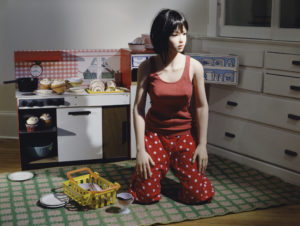
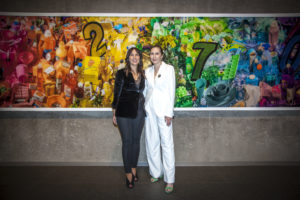
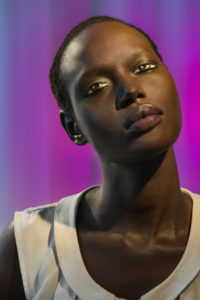
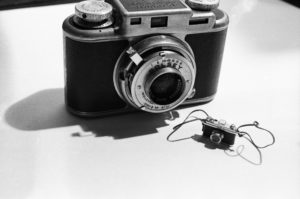
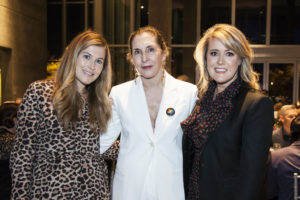
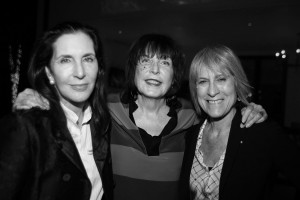
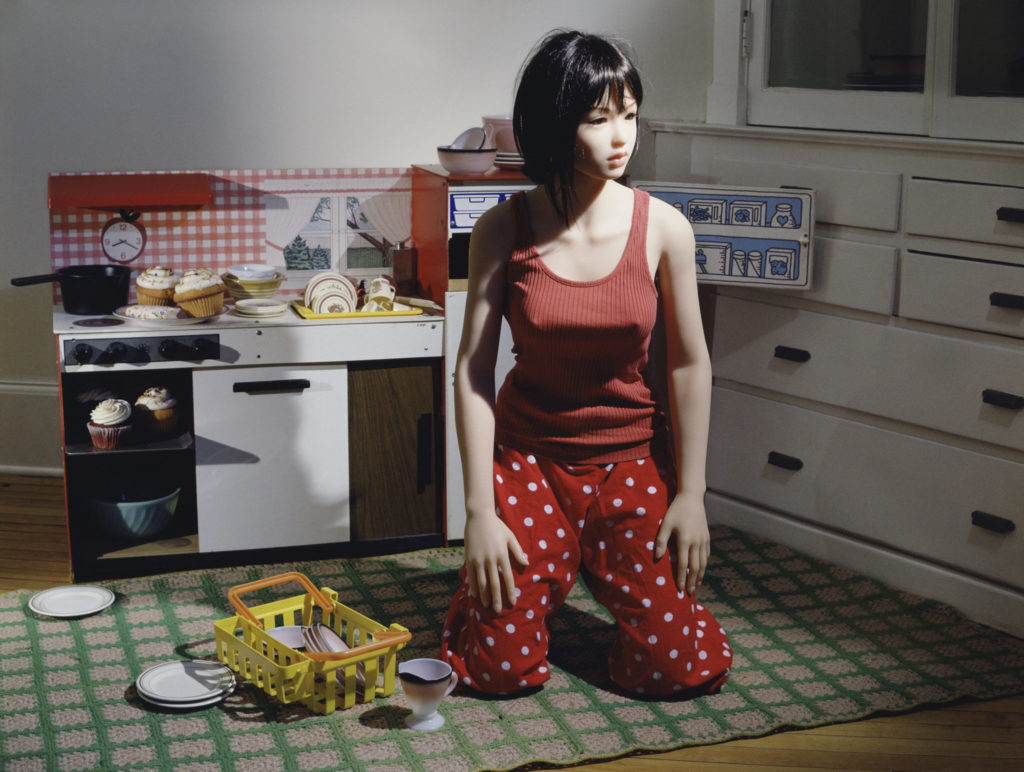
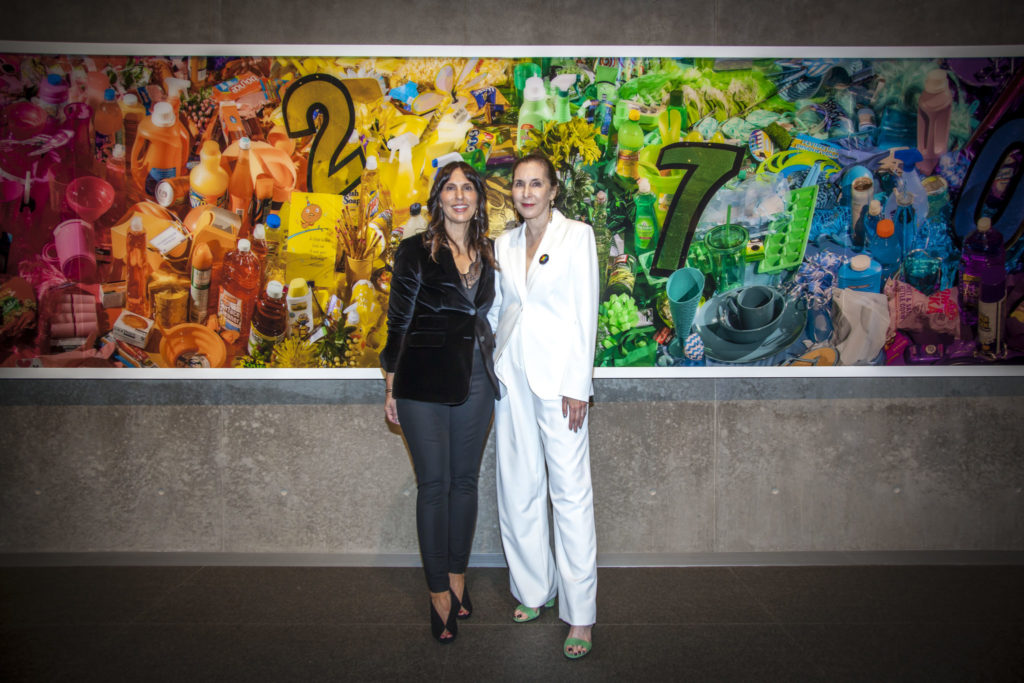
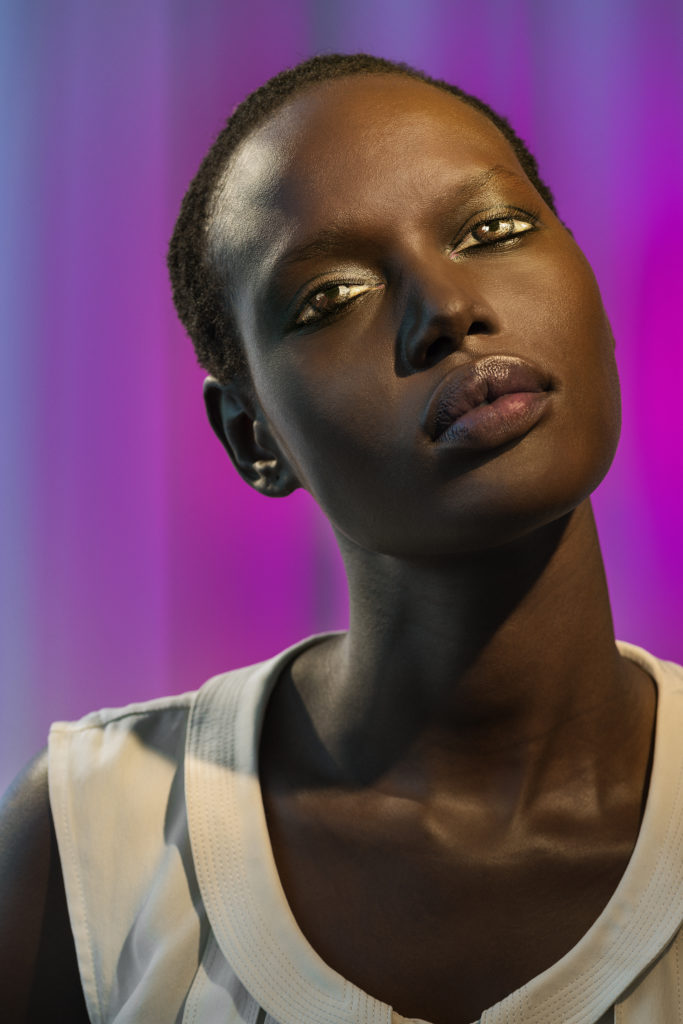

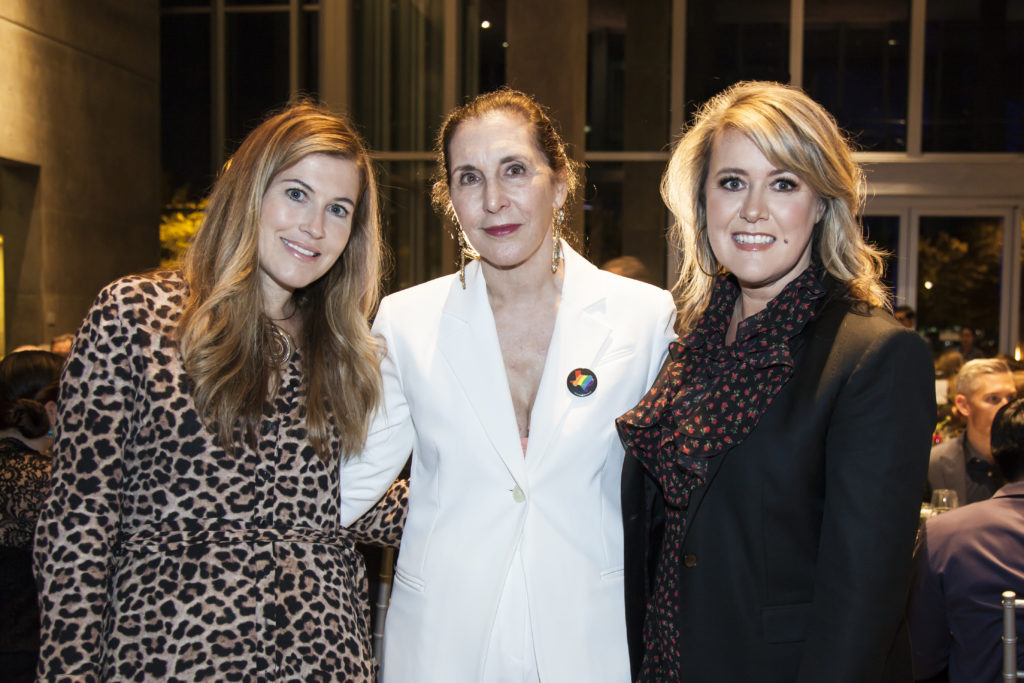


_md.jpg)







